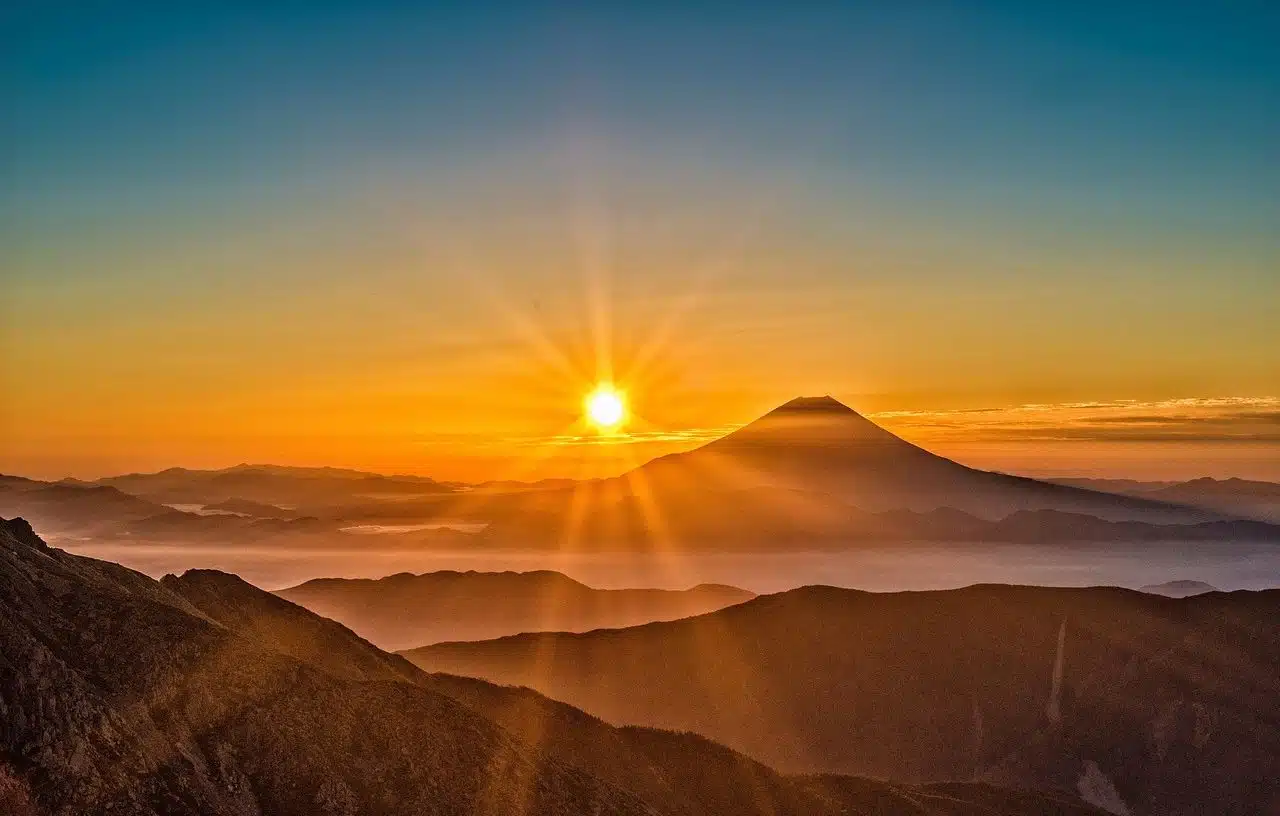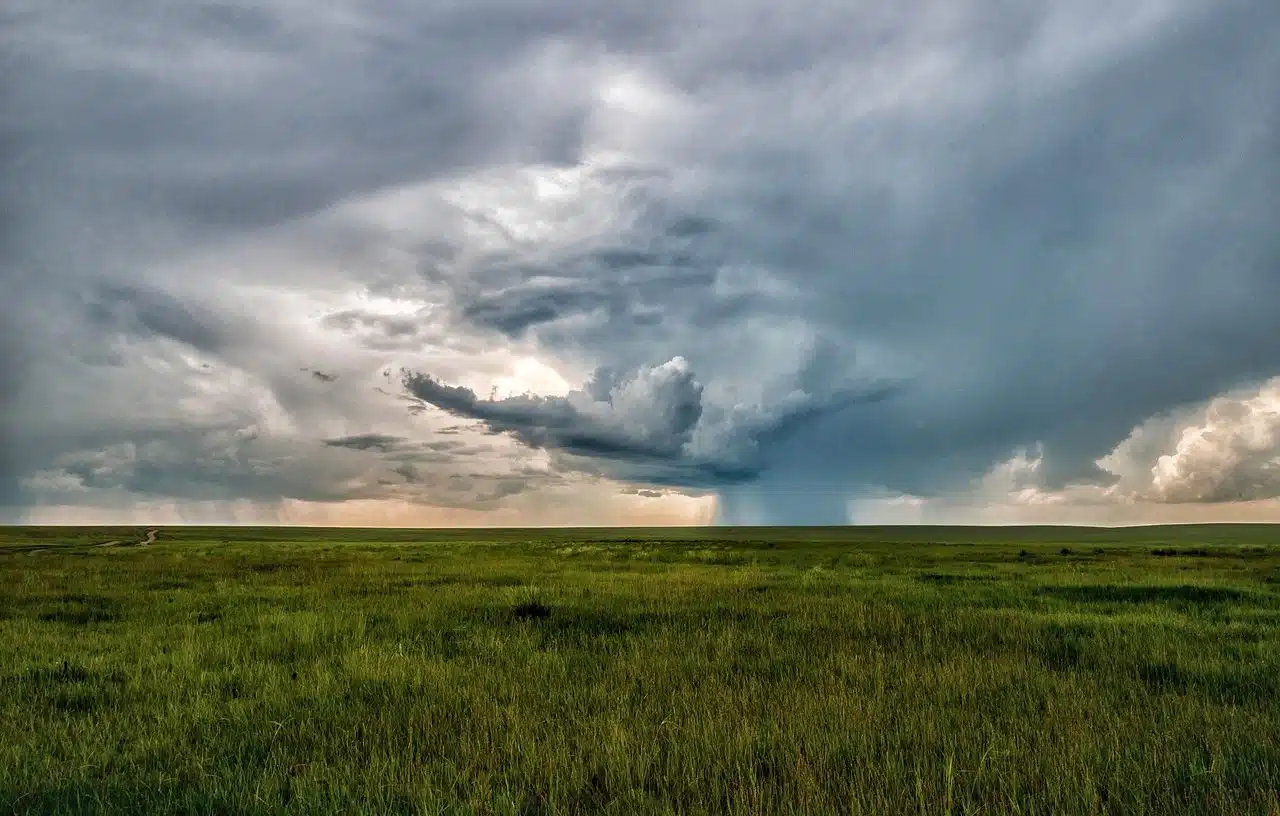
The terrestrial relief is made up of the shapes that the planet adopts at the surface level.
The terrestrial relief is the set of different shapes that can be seen on our planet at the surface level and even on the seabed.
Relief is called something that modifies a flat surface , either through elevation or depression. Terrestrial , on the other hand, is what is linked to the earth or the planet Earth .
Types of land relief
According to its altimetry and morphology, we can identify the following types of terrestrial relief:
- Plain : This is an area without elevations that can be found at sea level . Within this group, the lowland plain is recognized (it is a plain that does not exceed 700 meters above sea level (masl), the mediplanicie (that which is between 700 and 1400 meters above sea level) and the highland (a flat land that exceeds 1400 meters above sea level).
- Eminence : It is a portion of land whose elevation exceeds sea level, with different possible height limits. Here we can differentiate between the hill (an eminence that does not rise above 700 meters above sea level; it is known as a hill when it has a moderate height and can be in groups of relative isolation and have slopes with a fluid slope and a rounded appearance) , the mountain (with altitudes exceeding 700 meters above sea level) and a set of eminences ( mountains , mountain ranges , mountain ranges , orographic nodes and serrezuelas ).
- Depression : opposite to the previous types, it is a land that is below sea level. In this case, we can distinguish between absolute depression (its altitude does not truly reach the altitude of the sea ) and relative depression (it is below the land that surrounds it).

The plain is a type of land relief.
depression
The depression, for its part, can be divided into more than one type of land relief, which are detailed below:
- Valley : This is a relative depression that can be found in the middle of two or more mountains and usually has a stream of water.
- Canyon : it is a deep river gorge that is born from water erosion or due to the action of tectonic agents.
- Cañada : it looks like the canyon, although it is smaller in magnitude. This term can also refer to a livestock track (through which livestock passes) whose width does not exceed 20 meters (this can be described with the names of trails or paths).
- Basin : this type of land relief is distinguished by having water flows that flow into a single lake or river. Its shape is concave, which means that this depression has a moderately open appearance.
The development of the land relief
The formation of the relief is linked to various processes that develop over millions of years. The activity of volcanoes, earthquakes and erosion generated by different agents are some of the geological processes that determined and still determine the earth's relief.
Beyond the action of nature, humans can also influence the earth's relief. If, in a country, dynamite is used to develop mining activity in a mountain range , the relief of the region will be modified. Where before there was a mountain of a certain height, after the explosions there will be a different relief.
The terrestrial relief determines a good part of human life. The economy , for example, depends on the relief: it is not the same to engage in agriculture or livestock farming in an area with mountainous relief. The land relief, on the other hand, affects tourism potential (a mountain can develop a tourism offer linked to sports such as skiing and snowboarding, to mention one possibility).
